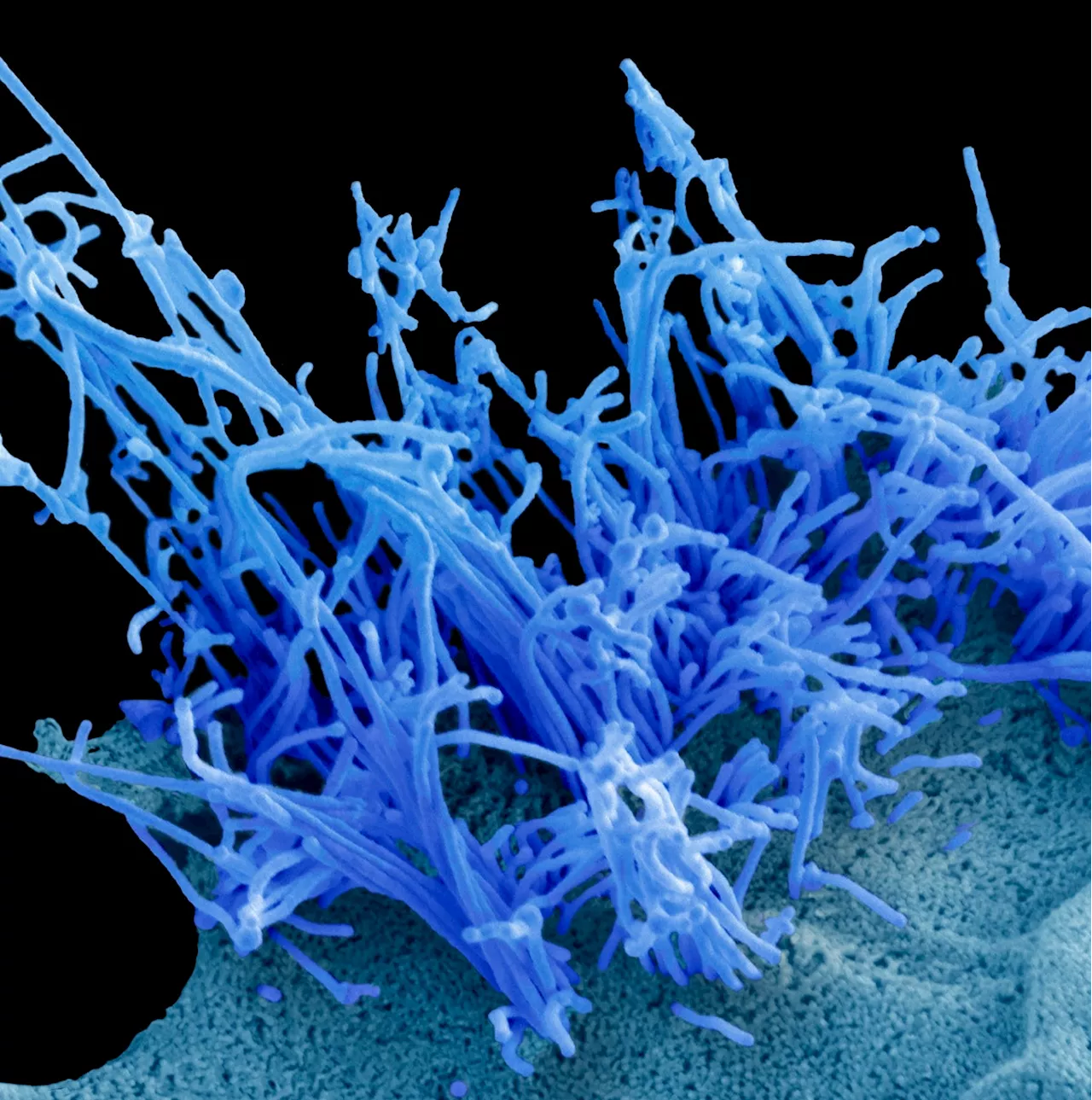A new study finds tweaking part of the H5N1 virus infecting dairy cows in a single spot could allow it to better attach to human cell receptors, raising concerns it could transmit more easily between people
Scientists have discovered that H5N1, the strain of highly pathogenic avian influenza virus currently spreading in U.S. dairy cows, only needsillustrate a potential one-step path for the virus to become more effective at human transmission—and could have major implications forAvian influenza viruses are dotted with surface proteins that allow them to bind to bird cell receptors, which permit the virus to enter the cells.
“It’s obviously speculative, but the better the virus becomes at likely binding to human receptors—it’s not great because it’s going to probably lead to human-to-human transmission,” says Jenna Guthmiller, an immunologist at the University of Colorado Anschutz Medical Campus, who was not involved in the new research.
Paulson adds that the particular mutation the scientists tested in the new study had previously been investigated during H5N1 outbreaks in poultry and some humans in 2010, but it didn’t affect the virus’s human receptor binding. “But the virus has subtly changed,” Paulson says. “Now that mutation does cause the change.”
Guthmiller isn’t surprised about the findings, given the 226 mutation’s known significance in flu receptor preference, but adds, “It’s never great when you see that it only really takes one mutation.” The study “also sort of provides us an idea of what we should be looking for and what sites of the hemagglutinin protein we should be focusing on to understand its potential to change and infect us better.”was recently hospitalized in critical condition from bird flu with an unknown exposure.
United States Latest News, United States Headlines
Similar News:You can also read news stories similar to this one that we have collected from other news sources.
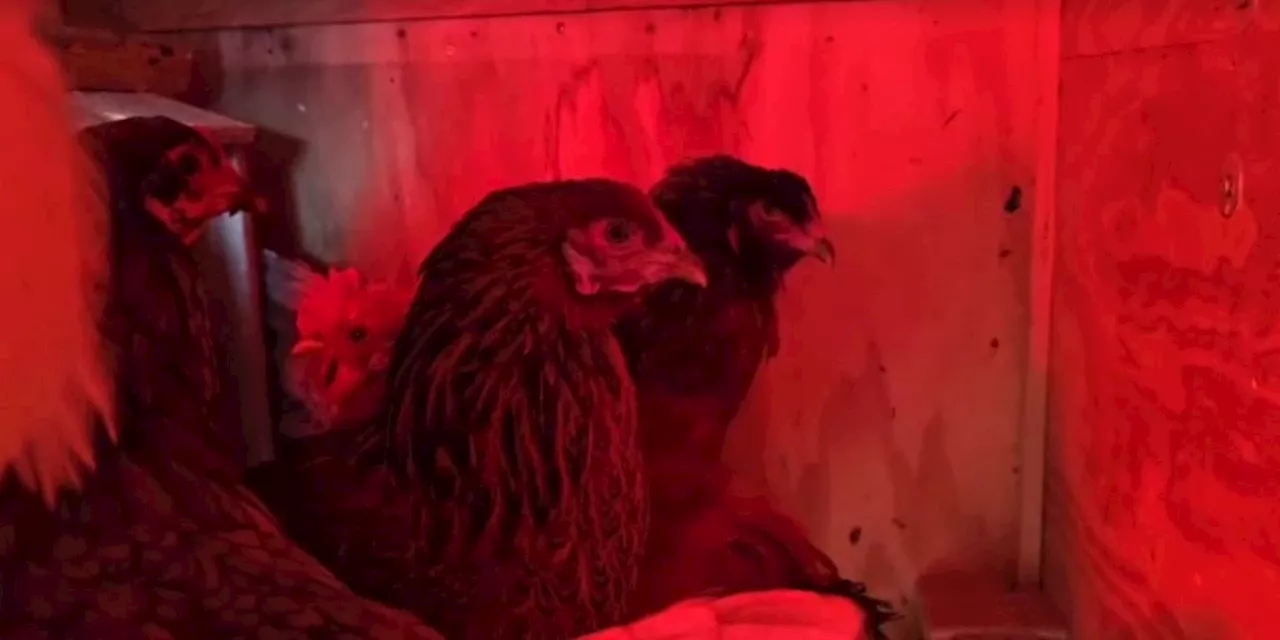 New bird flu virus spreads to Alaskan wildlife, state vet saysThe latest outbreak of bird flu has reached Alaska, but officials say it is only impacting wildlife so far, with no human cases recorded and an unconfirmed case in a domestic flock.
New bird flu virus spreads to Alaskan wildlife, state vet saysThe latest outbreak of bird flu has reached Alaska, but officials say it is only impacting wildlife so far, with no human cases recorded and an unconfirmed case in a domestic flock.
Read more »
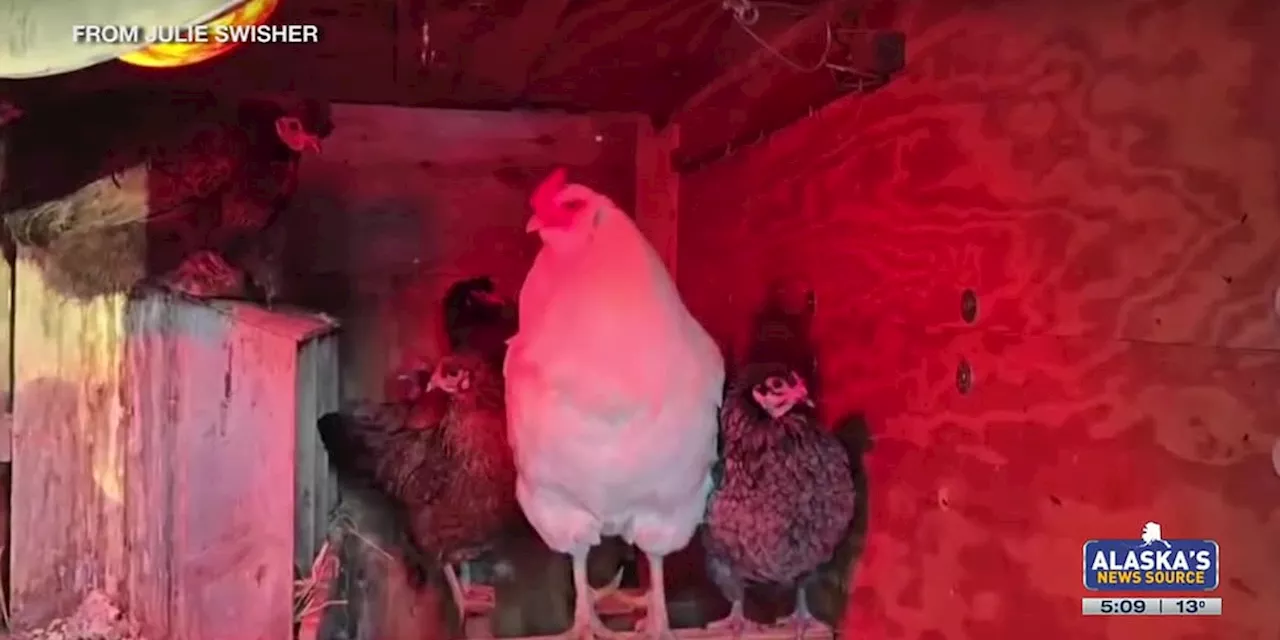 New bird flu virus spreads to Alaskan wildlife, state vet saysAs the H5N1 virus, known as bird flu, spreads across the world, a state veterinarian says Alaska is now seeing positive cases in animals, such as red foxes.
New bird flu virus spreads to Alaskan wildlife, state vet saysAs the H5N1 virus, known as bird flu, spreads across the world, a state veterinarian says Alaska is now seeing positive cases in animals, such as red foxes.
Read more »
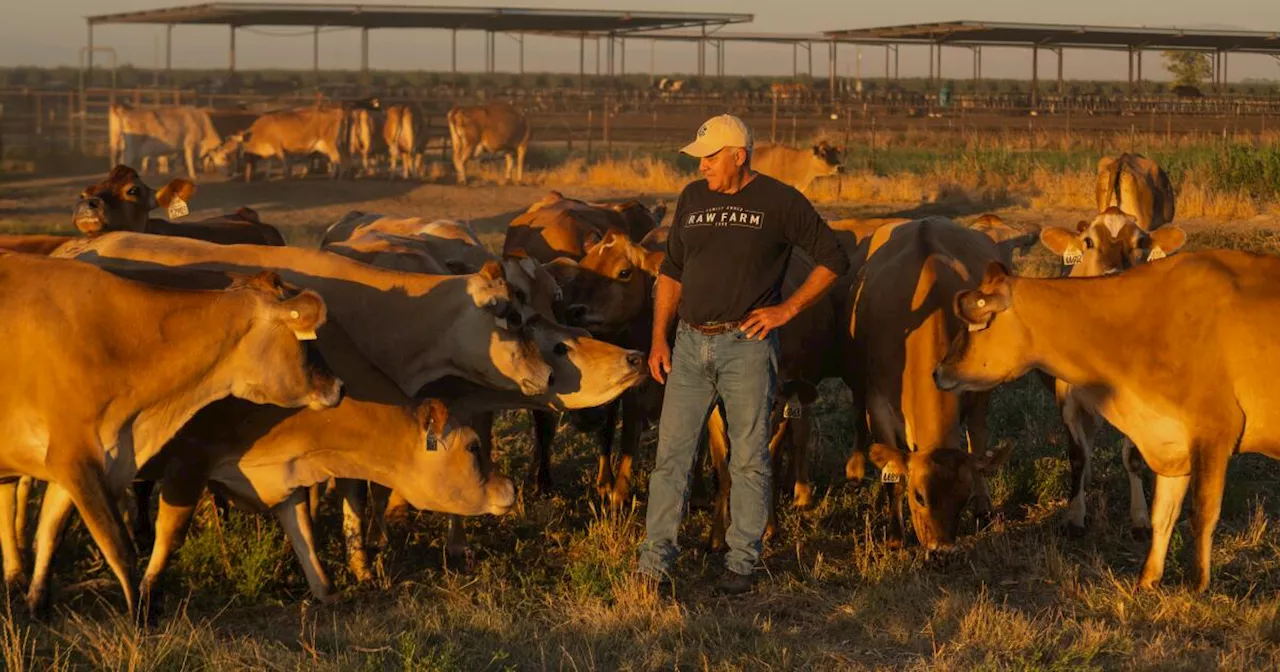 Bird flu virus detected in California raw milkAn independent Stanford research detected bird flu virus in a retail sample of Fresno-based Raw Farm milk.
Bird flu virus detected in California raw milkAn independent Stanford research detected bird flu virus in a retail sample of Fresno-based Raw Farm milk.
Read more »
 Bird flu virus detected in California raw milkThe producer said it is unlikely any of the product remains on store shelves.
Bird flu virus detected in California raw milkThe producer said it is unlikely any of the product remains on store shelves.
Read more »
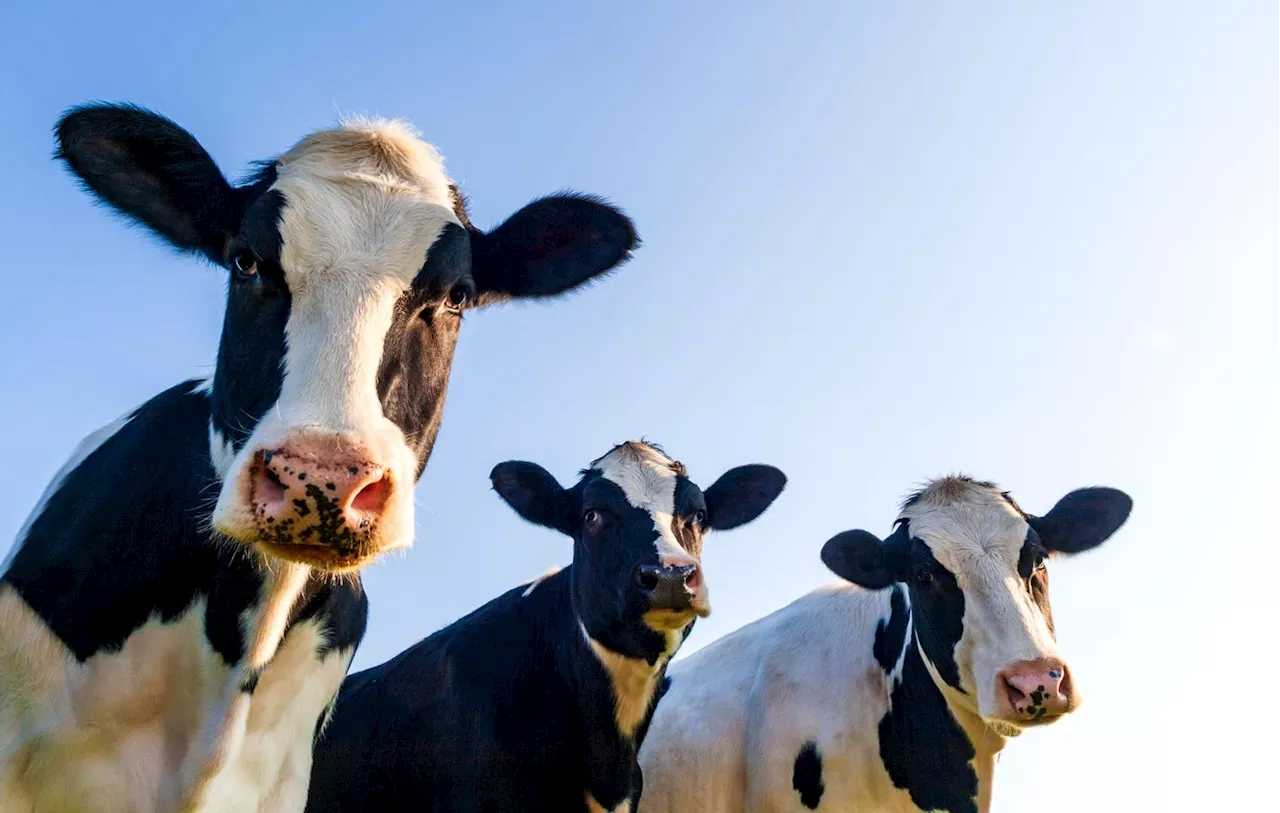 Bird Flu Virus Identified In Raw Milk Sold In CaliforniaA former cancer biologist, Victoria Forster now works as a patient engagement specialist in Toronto, Canada.
Bird Flu Virus Identified In Raw Milk Sold In CaliforniaA former cancer biologist, Victoria Forster now works as a patient engagement specialist in Toronto, Canada.
Read more »
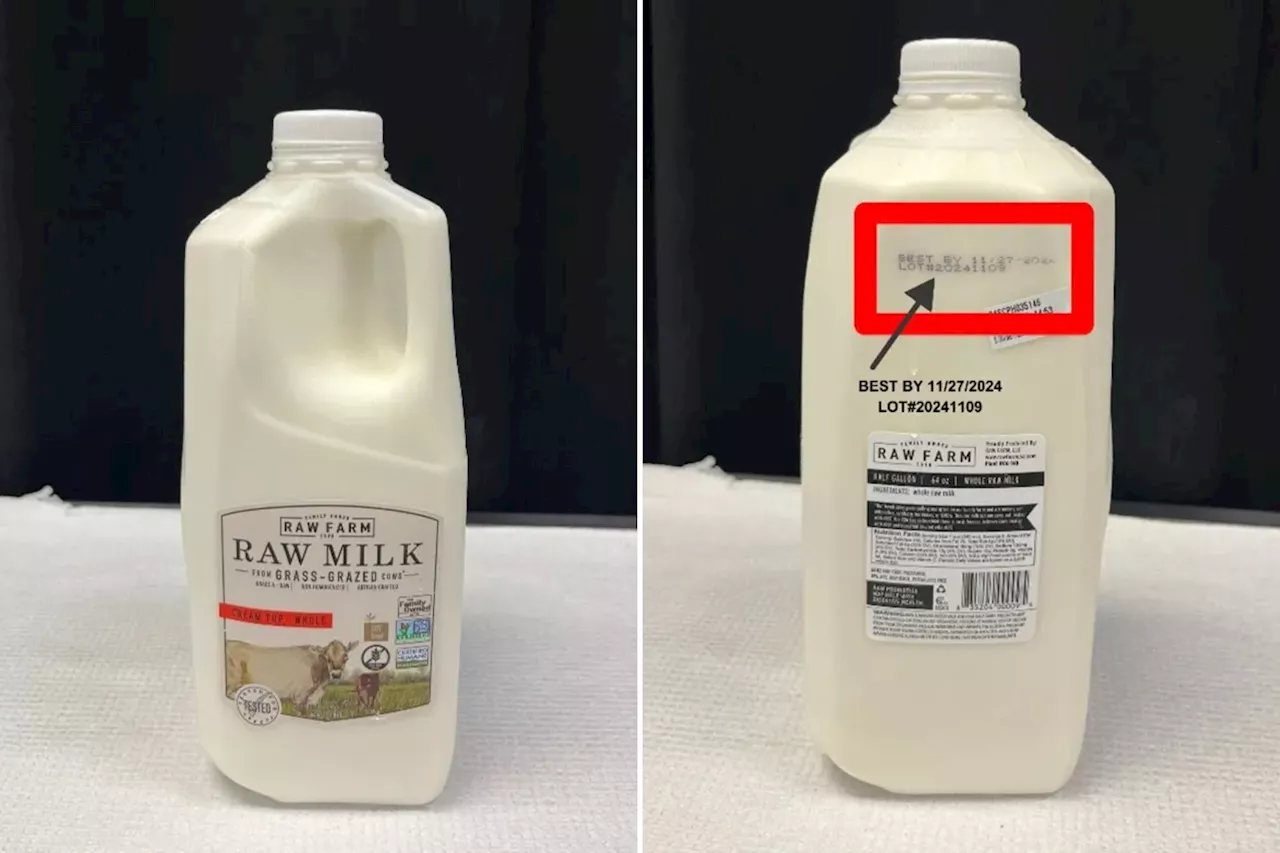 Bird flu virus detected in raw milk from dairy farm based in Fresno, Calif.The child reportedly had mild upper respiratory systems and is recovering at home in Alameda County. (Scripps News)
Bird flu virus detected in raw milk from dairy farm based in Fresno, Calif.The child reportedly had mild upper respiratory systems and is recovering at home in Alameda County. (Scripps News)
Read more »
